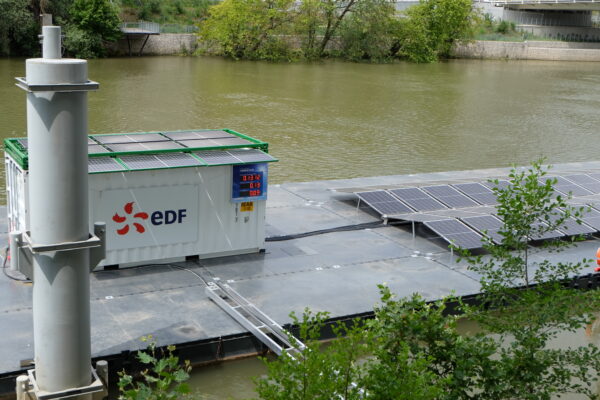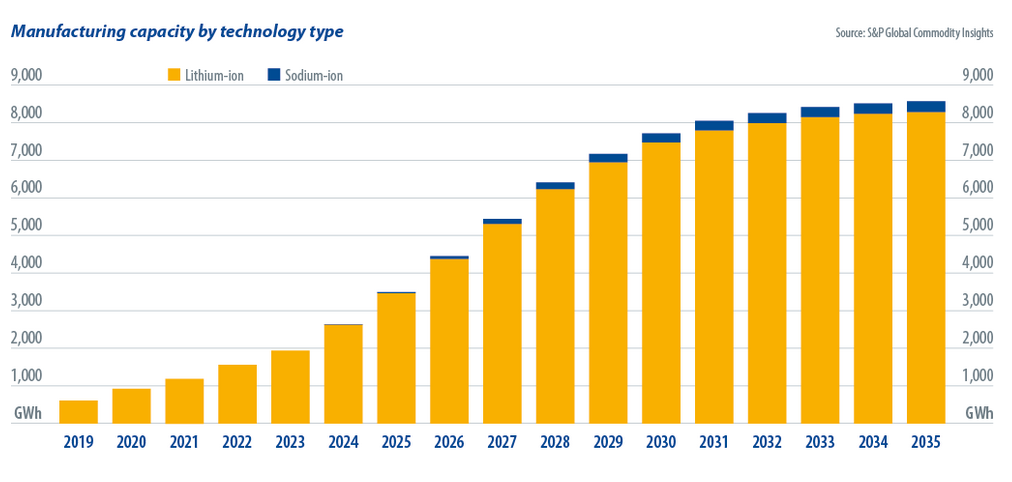From pv magazine France
It is the largest floating and mobile solar power plant in the world. Moored on the banks of the Seine, the temporary photovoltaic installation, rented especially for the Olympic Games by energy company EDF ENR to a subsidiary, helps supply green electricity to the Olympic and Paralympic Square, the central and festive site of the Athletes' Village, where athletes and journalists gather. There are also shops and giant screens projecting live images of the competition.
Operating on pure self-consumption, the temporary solar power plant does not feed-in electricity into the grid, requiring real-time adaptation of electricity production to the site's consumption. Spread over 470 square meters and with a capacity of 78 kWp — the consumption of 94 apartments in the Village — the installation's main advantage is that it can be set up and dismantled very easily.
Innovative process
To unfold it on the pontoon, all you have to do is open the doors of the shipping container that houses it, pull the solar wings, which are pre-wired, connect them together and plug the whole thing into the container – where the inverter, protection systems and all the electrical parts are located – to have an operational solar power plant in less than 24 hours.

Beyond performance, this type of PV structure, innovative in its process, is an advantageous alternative to the use of generators to supply electricity to events such as the Olympic Games, trade fairs or festivals, or even isolated sites not accessible to the public network. The Voies Navigables de France (VNF), the French navigation authority responsible for the management of the majority of the country's inland waterways, is the first to take an interest in it, particularly to carry out construction sites along the banks of rivers.
This content is protected by copyright and may not be reused. If you want to cooperate with us and would like to reuse some of our content, please contact: editors@pv-magazine.com.




1 comment
By submitting this form you agree to pv magazine using your data for the purposes of publishing your comment.
Your personal data will only be disclosed or otherwise transmitted to third parties for the purposes of spam filtering or if this is necessary for technical maintenance of the website. Any other transfer to third parties will not take place unless this is justified on the basis of applicable data protection regulations or if pv magazine is legally obliged to do so.
You may revoke this consent at any time with effect for the future, in which case your personal data will be deleted immediately. Otherwise, your data will be deleted if pv magazine has processed your request or the purpose of data storage is fulfilled.
Further information on data privacy can be found in our Data Protection Policy.